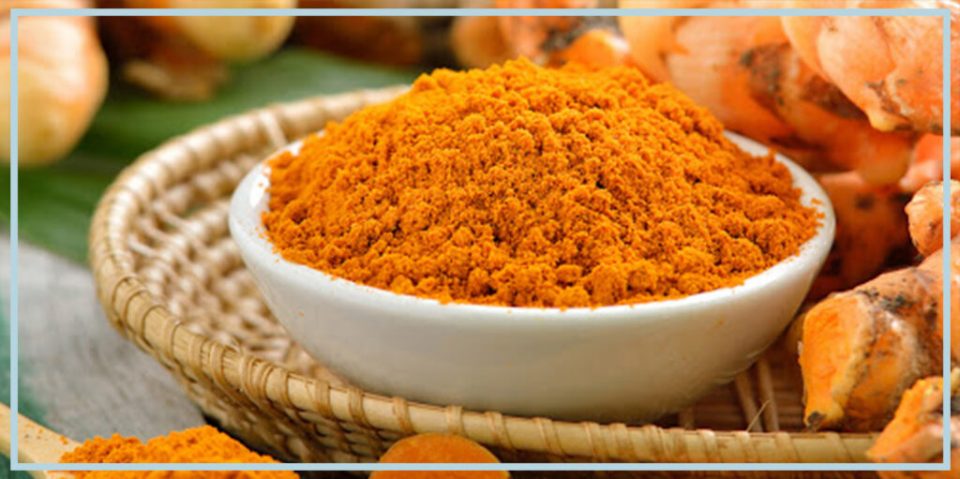
Explained: How turmeric adulteration is wreaking havoc on health
How does lead enter haldi, how does it poison people, and how can you spot adulteration? We give you the lowdown

Known for its earthy flavour, vibrant hue and anti-inflammatory properties, turmeric has always been a key ingredient in Asian cuisines with India being its largest producer, consumer and exporter in the world.
As per the National Turmeric Board, in the year 2022-23, an area of 3.24 lakh hectares was under turmeric cultivation in India with a production of 11.61 lakh tonnes (over 75% of global turmeric production). More than 30 varieties of turmeric are grown in India and it is grown in over 20 states in the country. The largest producing states of Turmeric are Maharashtra, Telangana, Karnataka and Tamil Nadu. India has more than 62% share of world trade in turmeric. The leading export markets for Indian Turmeric are Bangladesh, UAE, USA and Malaysia.
However, for the millions of South Asians who habitually consume it, turmeric’s skin-staining yellowness can be deceptive and deadly. “To heighten their colour, the rhizomes from which the spice is extracted are routinely dusted with lead chromate, a neurotoxin. The practice helps explain why South Asia has the highest rates of lead poisoning in the world,” says a report in The Economist.
What are the adverse effects of lead poisoning and how it has taken a toll on people’s health?
Lead poisoning causes heart and brain diseases, to which children are particularly vulnerable, because lead poisoning stunts cognitive development. The factor also accounted for at least 1.4 million deaths in the region in 2019 alone. As per the recent estimates, a whopping 815 million children, one in three of the global total, have been poisoned by the metal. According to a study by the Centre for Global Development, a think-tank in Washington, lead poisoning among children in poor countries explains 20% of the learning gap between them and their peers in rich countries.
According to World Health Organisation (WHO), exposure to lead can affect multiple body systems and is particularly harmful to young children and women of child-bearing age. “Lead exposure can have serious consequences for the health of children. At high levels of exposure to lead the brain and central nervous system can be severely damaged causing coma, convulsions and even death. Children who survive severe lead poisoning may be left with permanent intellectual disability and behavioural disorders.”
At lower levels of exposure that cause no obvious symptoms, lead is now known to produce a spectrum of injury across multiple body systems. In particular, lead can affect children’s brain development, resulting in reduced intelligence quotient (IQ), behavioural changes such as reduced attention span and increased antisocial behaviour, and reduced educational attainment.
Lead exposure also causes anaemia, hypertension, renal impairment, immunotoxicity and toxicity to the reproductive organs. The neurological and behavioural effects of lead are believed to be irreversible.
There is no known safe blood lead concentration; even blood lead concentrations as low as 3.5 µg/dL may be associated with decreased intelligence in children, behavioural difficulties and learning problems.
What causes lead poisoning?
According to a new study published in the Lancet Planetary Health, people in South Asia have the highest levels of lead in their blood. Figuring out the main cause had long seemed daunting because lead is everywhere in the region. Traces of the metal can be found in cooking utensils, cosmetics and other everyday products.
Though there may be many causes behind lead poisoning, adulterated turmeric seems to be the major factor everywhere, primarily due to poor practice in India, which produces 75% of the spice. India is not only the country to have the highest incidence of lead poisoning but also the source of much of the poisonous pigment found in Bangladesh.
How can you find out whether your turmeric powder is adulterated?
Nowadays, it is very difficult to ascertain if a food product has an added colour, texture, or an artificial flavour. Foods that contain anything artificial, are not considered healthy.
According to the Food Safety & Standards Authority of India (FSSAI), you may carry out a simple test to find out whether turmeric — which is a staple in many Indian kitchens, without which an average Indian food preparation is incomplete — is adulterated with artificial colour.
You just need to follow these simple steps:
– Take two glasses of water and add a small quantity of turmeric to them.
– You will notice that the unadulterated sample will turn light yellow, with the turmeric settling down at the bottom.
– On the other hand, the colour of the solution with adulterated turmeric will change into strong, bright yellow.
What measures have been initiated by Bangladesh to curb turmeric adulteration?
Bangladesh embarked on a nationwide campaign to root out the use of lead-chromate pigment in turmeric in 2019 with the help of Stanford University and the International Centre for Diarrhoeal Disease Research, Bangladesh. Another article in The Economist has highlighted this.
Prime Minister Sheikh Hasina led from the front and discussed the problem on national television. Strict norms were enforced against adulteration and well-publicised stings carried out against wholesalers who persisted in it. A massive campaign was launched to spread awareness among people through posters in Bangladeshi markets and roping in local media. The mass-media campaign that followed included graphic warnings about lead-tainted turmeric.
The campaign’s key elements include an openness to foreign expertise; effective NGOs; a willingness by the government to work with them; and the formation of an even broader coalition, also including journalists and private firms, to maximise the effort. Turmeric adulteration was declared a crime. A bust on a major turmeric producer was aired on TV. Consequently, in less than two years, the share of turmeric samples in Bangladeshi markets that contained detectable lead fell from 47% to 0%.

